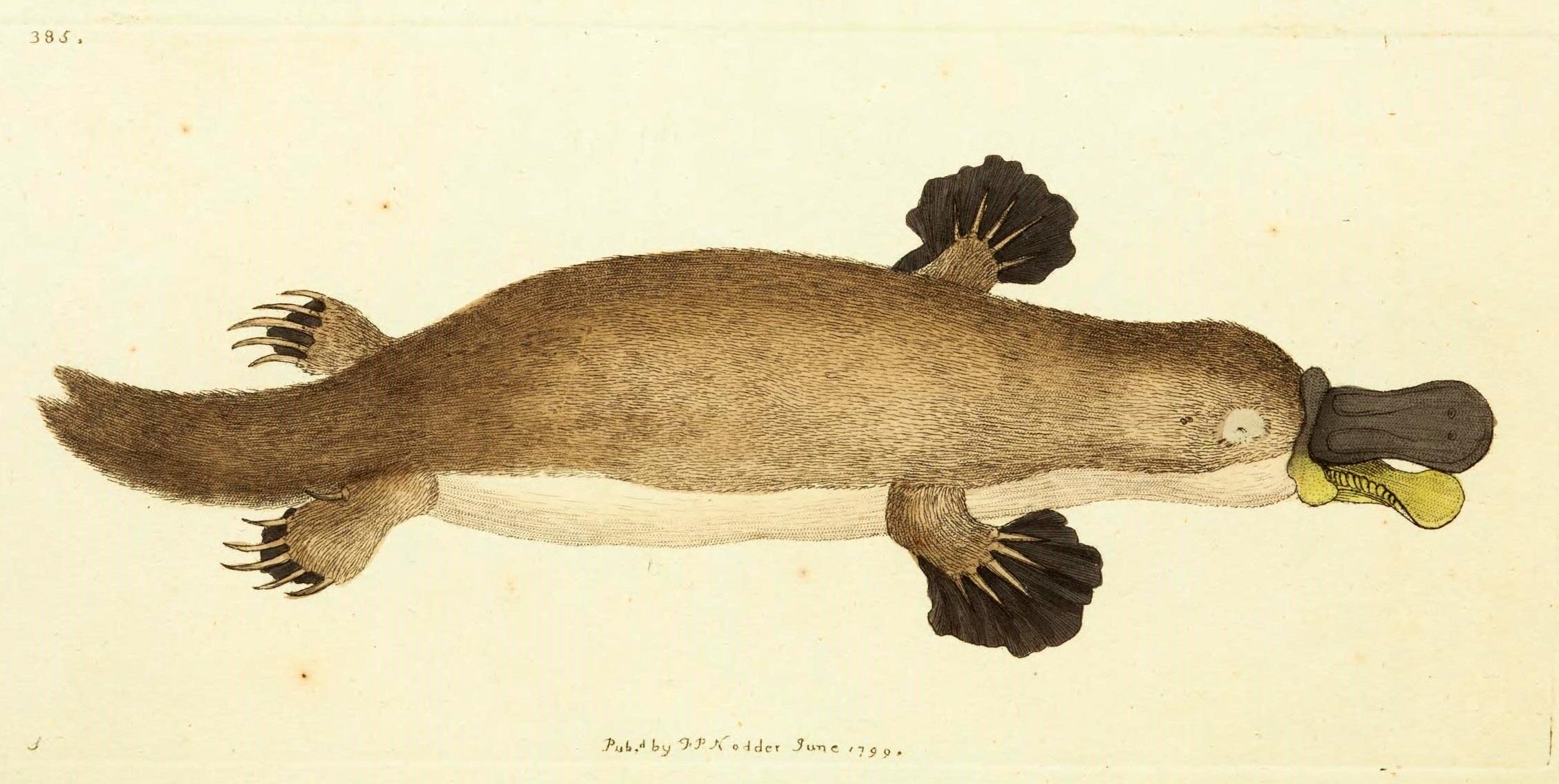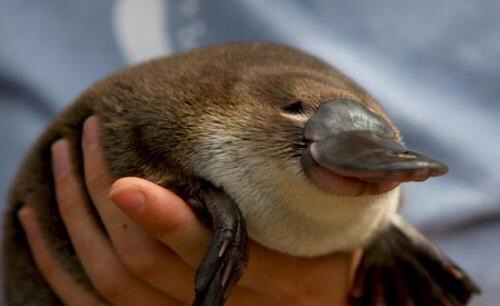

Marsupials, platypuses and echidnas are consistently described in subtly pejorative ways: ‘bizarre’, ‘curious’, ‘strange’ and even ‘primitive’. The tone, words or background music are likely picked to portray these animals as kooky and different – perhaps even a little bumbling. Go to a museum, read a book, watch a documentary, peruse a news article and chances are that popular accounts of these species will pair ‘wonderful’ with ‘weird’. I have come to notice that Australian mammals are considered fondly but not fairly by the world at large. Wonder is an emotion that many people associate with Australian mammals, but that does not tell the whole story of their collective reputation. And I am not alone in my fondness for these species. For instance, while on fieldwork to study a contagious cancer that is devastating Tasmanian devil populations, I peeked into a devil’s pouch and saw four mango-sized babies snoozing and suckling – I don’t think I’ve ever experienced more awe. As far as I can tell, based on a career working with historic specimens in museums, interspersed with annual ecological fieldtrips to work with live animals in Australia, no more wonderful species have ever evolved than platypuses, echidnas (their spiny ant-eating cousins), wombats, kangaroos and their relatives. These descriptions serve to position Australian mammals as something different, something alien and, crucially, something inferiorĪustralia – along with neighbouring New Guinea and nearby islands – is the only place in the world where all three groups are found. Mammals are split into three major groups depending on how they reproduce: monotremes lay eggs marsupials give birth after a short pregnancy to tiny young who do most of their infant growth by suckling milk, often in a pouch and placental mammals, like us, give birth after a long pregnancy to larger young, who finish off their infant growth with a shorter period of suckling. Like any other group of animals, they are subdivided based on specific differences. All mammals share certain features, including growing hair and producing milk for their young. I’m a zoologist, and I study the mammals of Australia. These impressions are not only ‘ways of seeing’ animals, they can alter the lives of entire species – for better or worse.

These reputations may be based on events and behaviours, they may be based purely on rumour and innuendo, or they may be based entirely on cultural biases. Widespread public opinion might hold a species to be ferocious, sly, shy, lazy, belligerent, dopey or playful, for example. Our relationships with certain species are deeply influenced by the reputations they have been given, which can have serious consequences for an animal’s place in the world and its ability to thrive.īut how do animals earn reputations? This is not so much about the qualities of an individual’s personality – like the reputations of friends or strangers – but about the perceived qualities of entire species. These descriptions matter, and they continue to shape how we think of Australian mammals.

Courtesy the Biodiversity Heritage Library/Flickr Duck-billed platypuses from The Mammals of Australia (1855) by John Gould. They declared these creatures were at once bizarre and evolutionarily deficient. To stunned European observers, Australia’s fauna were not cut from the same cloth as other mammals. He thought it was enough to assume that ‘two distinct Creators must have been at work’. After seeing a platypus in the wild in the 1830s, he sat and contemplated ‘the strange character of the animals of this country as compared with the rest of the world’. John Gould, one of England’s most influential natural historians, reflected on the mammals of Australia in 1863 by asking: ‘as creation been arrested in this strange land?’ The writer Arthur Mee took a similar swipe at the continent’s marsupials in 1912, declaring them – entirely incorrectly – to be ‘a low type of small-brained animal approaching the reptile’. Since the 18th century, Australia’s mammals – including koalas, kangaroos, wombats, echidnas, possums and platypuses – have often been viewed unkindly by English observers. Strange creatures in an evolutionary backwater.


 0 kommentar(er)
0 kommentar(er)
